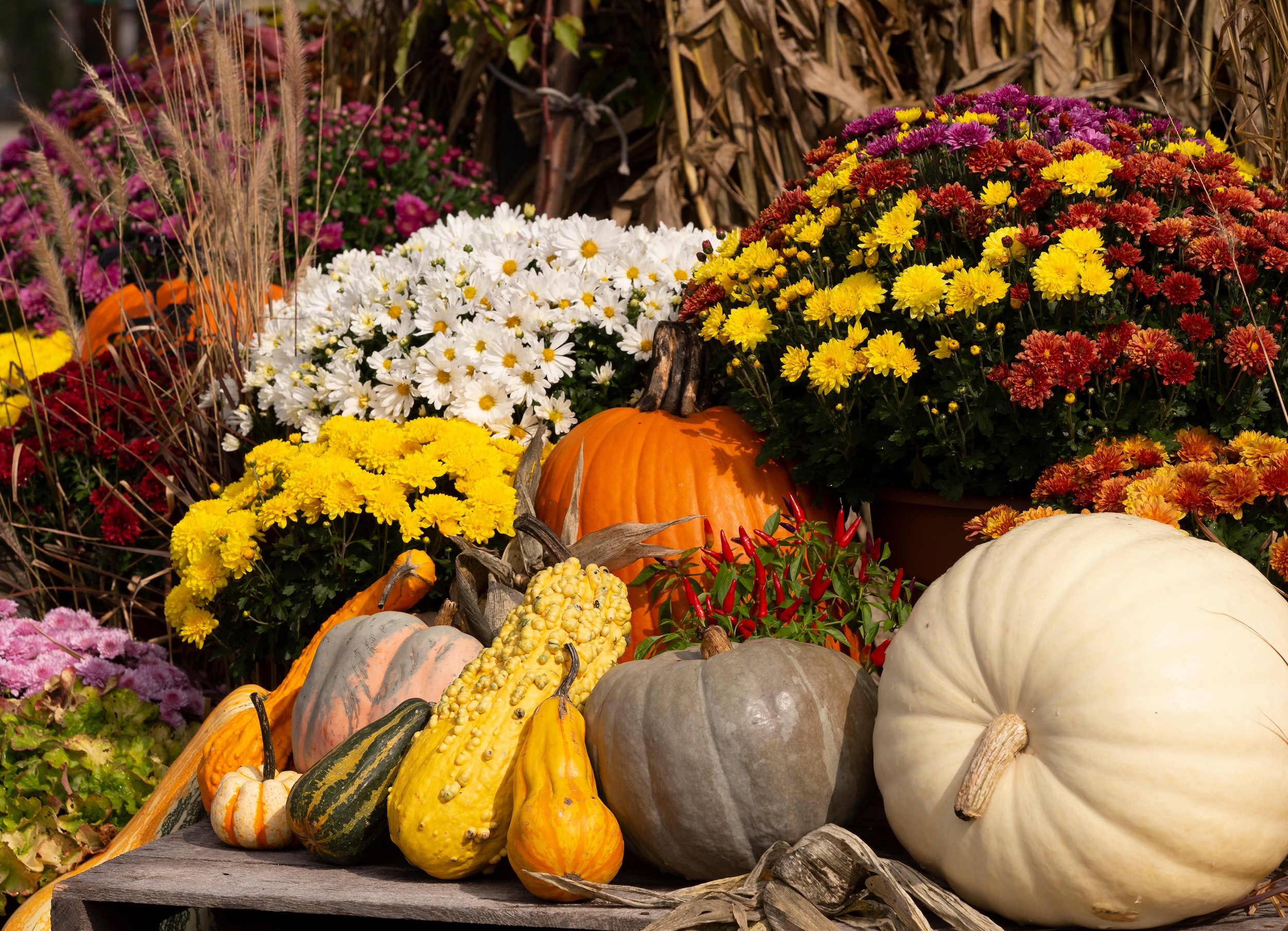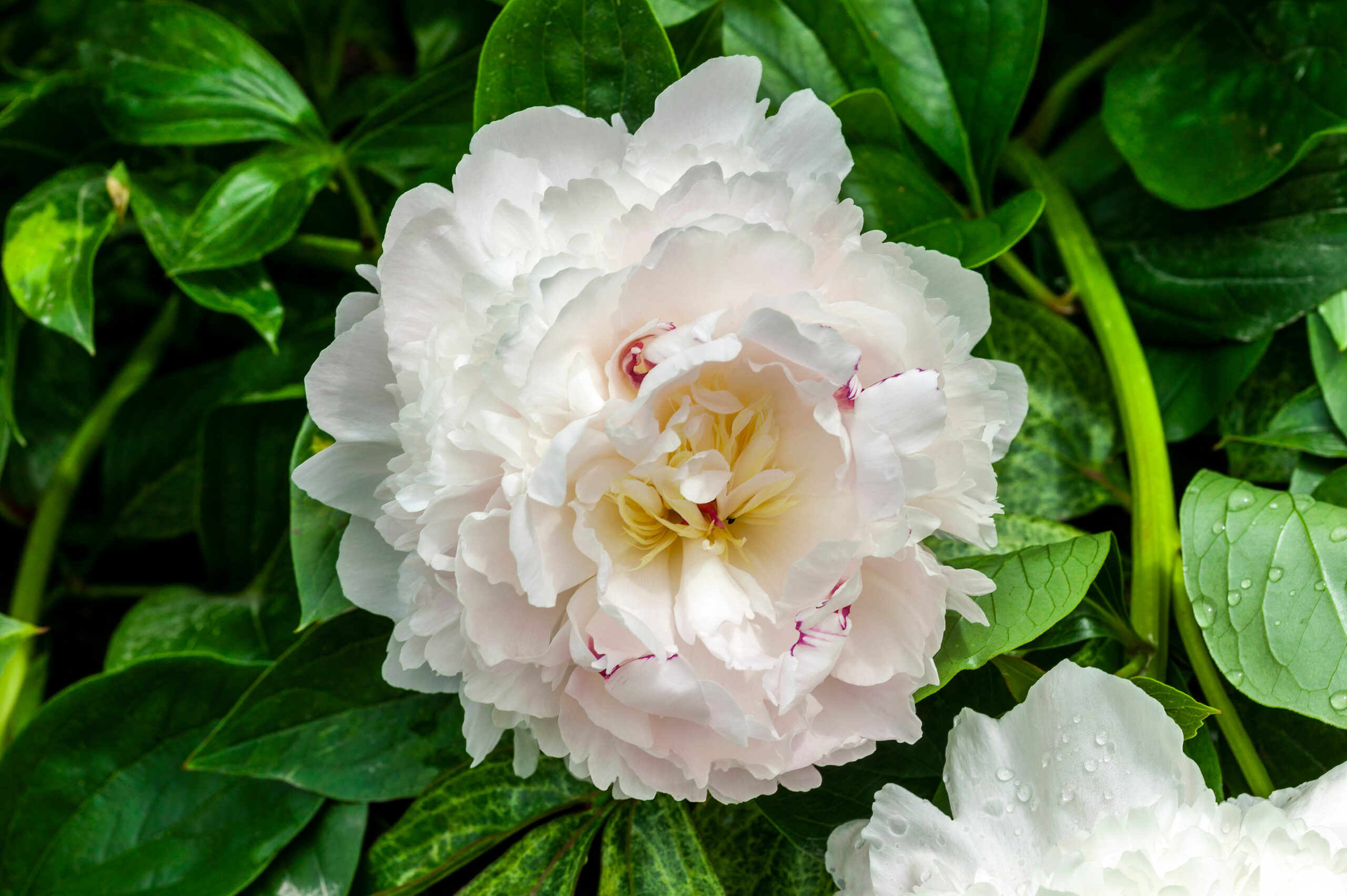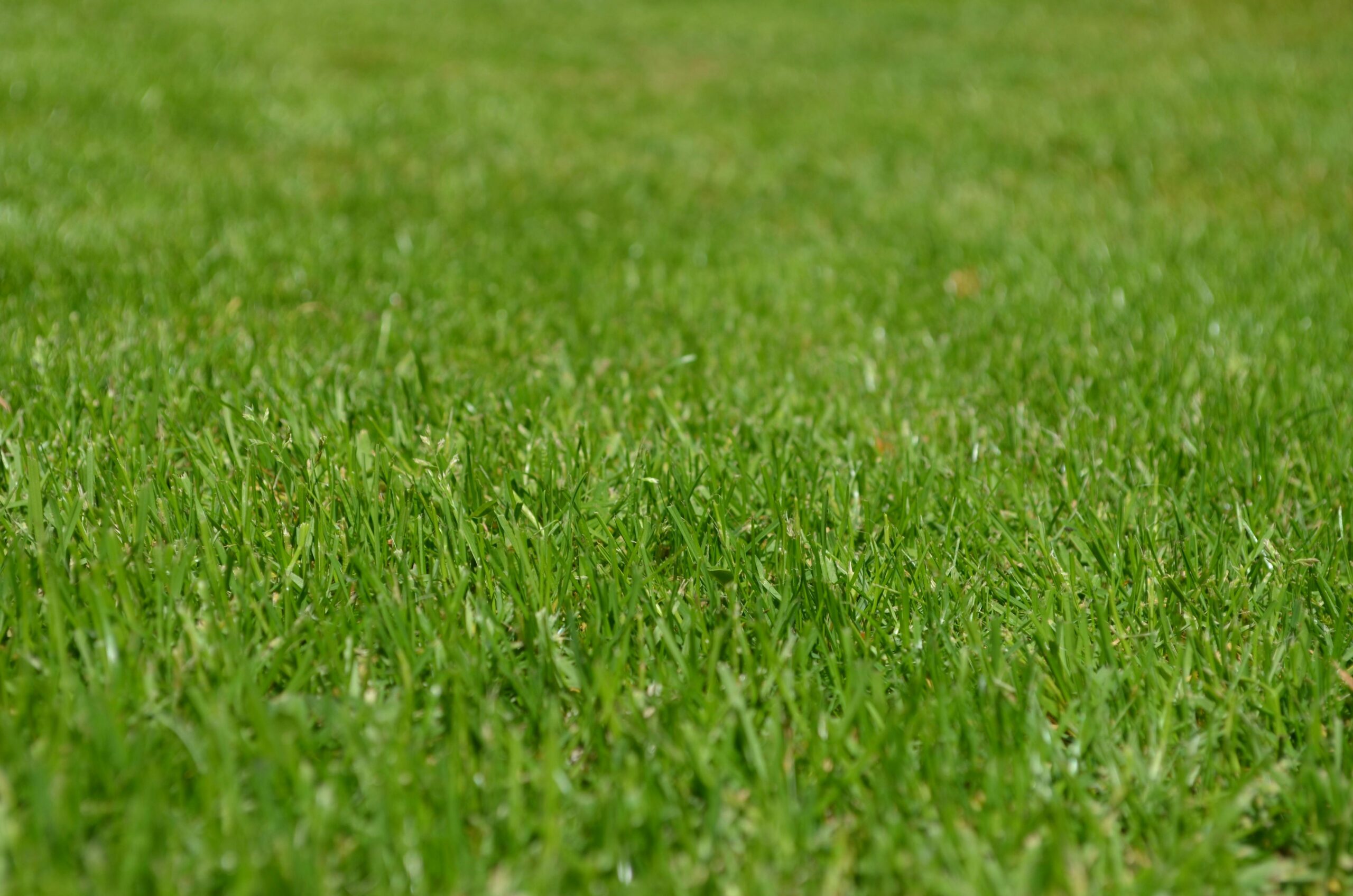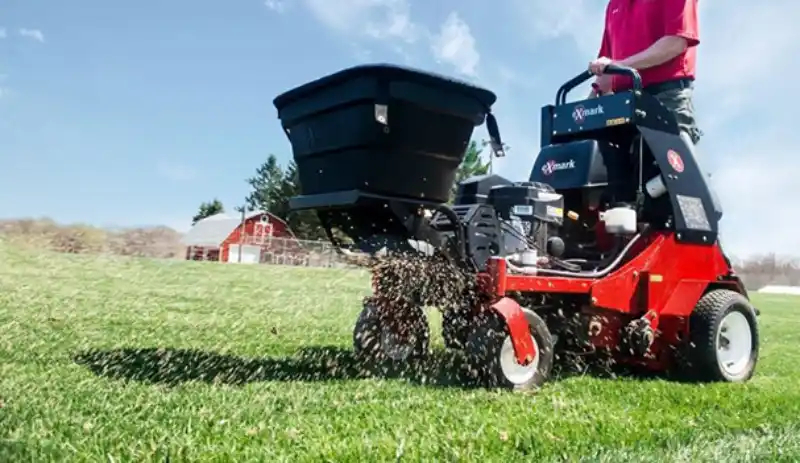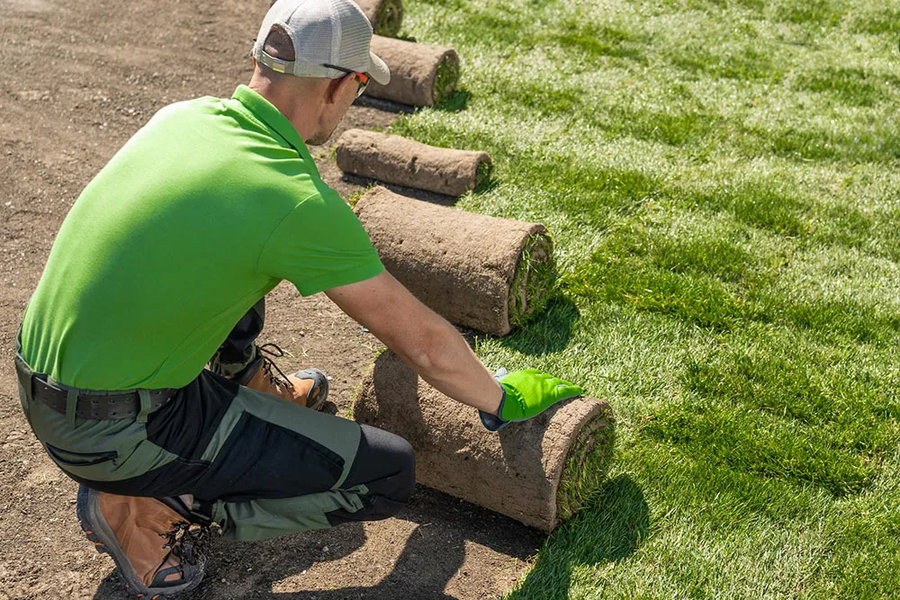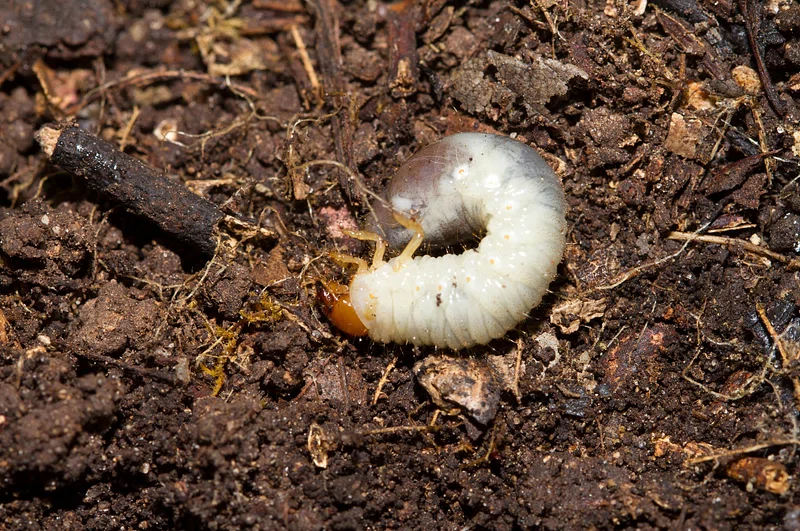As the vibrant colors of summer begin to fade and the State Fair draws near, fall in Minnesota offers a unique opportunity to prepare your garden for the cooler months ahead. While many might think it’s time to wind down gardening efforts, it’s actually the perfect season to plant certain perennials, a fall vegetable garden, and bulbs to enjoy next year. With the right timing and plant selection, you can extend your garden’s beauty and harvest well into the colder months and plan ahead for next spring.
When to Plant Fall Garden
Here in Minnesota, we can plant gardens until the ground freezes. It’s likely that you can keep planting all the way through mid-October, depending on our first freeze date. This interactive freeze date tool can help you estimate when we’ll get our first freeze date so you can plan accordingly. If you’re installing fall annuals, you’ll want to know which plants can withstand frost and which ones can’t.
Fall Garden Plants for Minnesota: Divide and Conquer
Perennials offer beauty and color to your garden year after year. Fall is the ideal time to plant or divide perennials, giving them time to establish roots before winter.
- Hostas and Daylilies (Late August to September). These perennials can be divided and transplanted in the fall. Give them a deep watering to help establish roots before the ground freezes.
- Peonies (September). Peonies can be planted in September in a sunny spot with well-drained soil. Remember, they may not bloom the first year, but they’ll reward your patience in the years to come.
- Sedum and Asters. These late-blooming perennials add color to your fall garden and are best planted or divided after frost. They’re drought-tolerant and thrive in well-drained soil.
Fall Vegetable Garden: Extend Your Harvest
These vegetables thrive in cooler temperatures.
- Root Vegetables (Early to Mid-August). Radishes and beets can be planted early in the fall season and harvested before the ground freezes. Radishes mature in 30-60 days, while beets take roughly 50-60 days.
- Leafy Greens (Mid-August to Early September). Spinach, kale, and lettuce are frost-tolerant and can even improve in flavor with the first frost. Aim to plant these in mid-August for a late September to October harvest.
- Kale takes about 45-65 days to mature and can survive down to around 20°F.
- Spinach takes 35-45 days to mature. Depending on our weather, they can sometimes even overwinter.
- Lettuce takes around 40-60 days to mature and tastes better when it’s grown in a cooler season (spring or fall).
- Garlic (Late September to Early October). Garlic is a delicious addition to your Minnesota fall garden but you’ll have to wait to enjoy it. Plant garlic cloves in late September or early October, and they’ll be ready to harvest the following July.
Bulbs: Plan for Vibrant Spring Colors
Fall is the time to plant spring-blooming bulbs. While you want to get these bulbs into the ground before it freezes, they need the cold winter to break dormancy and burst into bloom as the weather warms.
Here are just a few of our recommendations:
- Tulips and Daffodils (Late September to October). Plant these bulbs about 6-8 inches deep in well-drained, healthy soil.
- Crocus and Snowdrops (Early to mid-October). These early bloomers are among the first to emerge in the spring, often pushing through the last remnants of snow. It’s good to get them into the ground 6-8 weeks before it freezes.
- Alliums (between September and November). Known for their large, globe-shaped blooms, alliums are a striking addition to any garden. Plant them in well-drained soil in a sunny spot. You can also plant alliums in the spring.
Nourish Your Soil
As the weather starts to cool, prepare your soil and protect your plants for the coming months.
- Mulching. Apply a 2-3 inch layer of mulch around perennials, shrubs, and trees. The right application of mulch helps retain moisture, suppress weeds, and protect roots from temperature fluctuations.
- Soil Preparation. As you plant your fall garden, nurture your soil with compost or well-rotted manure. That way, your plants get essential nutrients as they establish themselves. Remember, healthy soil is a must for a thriving garden.
Leave the Gardening to Minnehaha Falls Landscaping
We hope this article inspires you to keep enjoying your garden through the fall. But, if you’re looking for support, the experts at Minnehaha Falls Landscaping can jump in. With fall-clean up services to help with next year’s prep, we can make sure a beautiful garden is in your future. Our practices prioritize sustainability, to benefit all of the creatures in your local community.
Fill out the contact form below and tell us what you’re thinking about.


